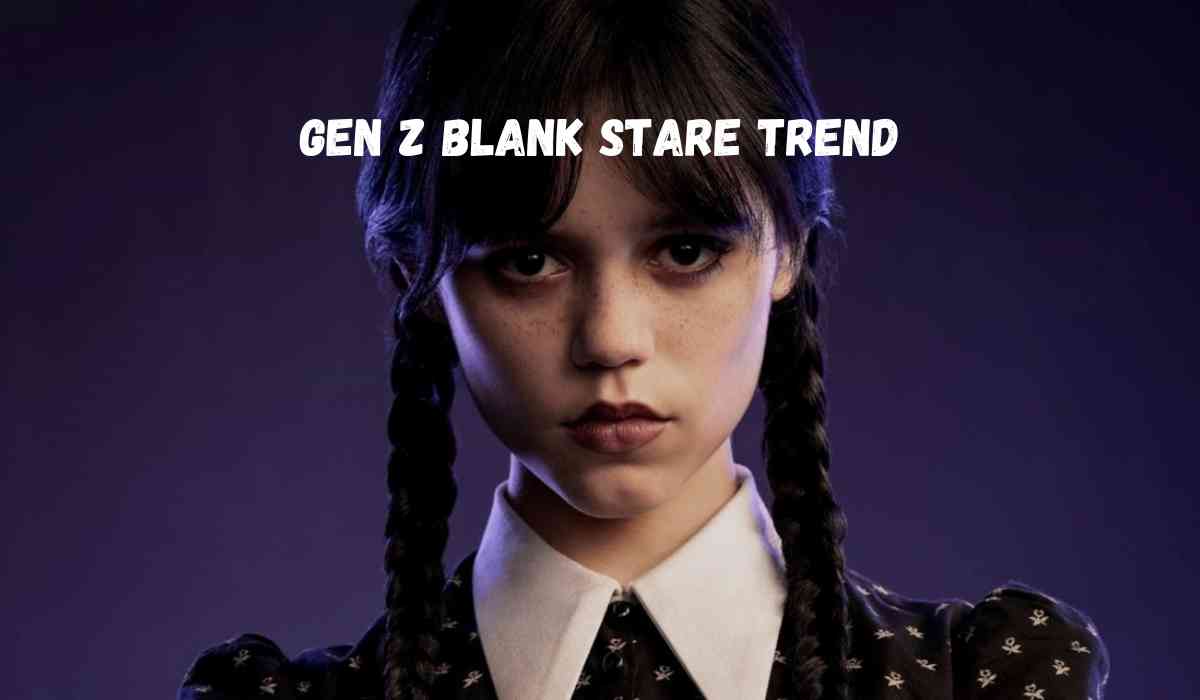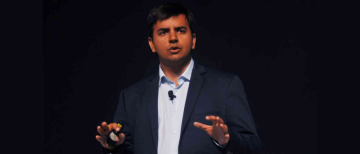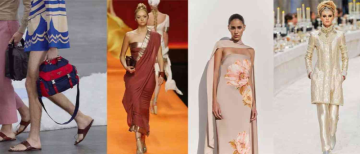It’s blank. It’s deadpan. It’s viral. And it’s sparking both curiosity and controversy across generational lines.
Dubbed the "Gen Z stare," this emotionless, often unblinking expression from the youngest working generation—those born between 1997 and 2009—has exploded across social media. What started as a trend on TikTok has rapidly evolved into a broader discussion about workplace culture, communication gaps, and how Gen Z is redefining professional norms.
Some say it’s rude. Others call it revolutionary. But one thing is certain: the Gen Z stare isn’t going anywhere. And if you’re a manager, parent, or colleague, it’s time to understand what’s really behind the look.
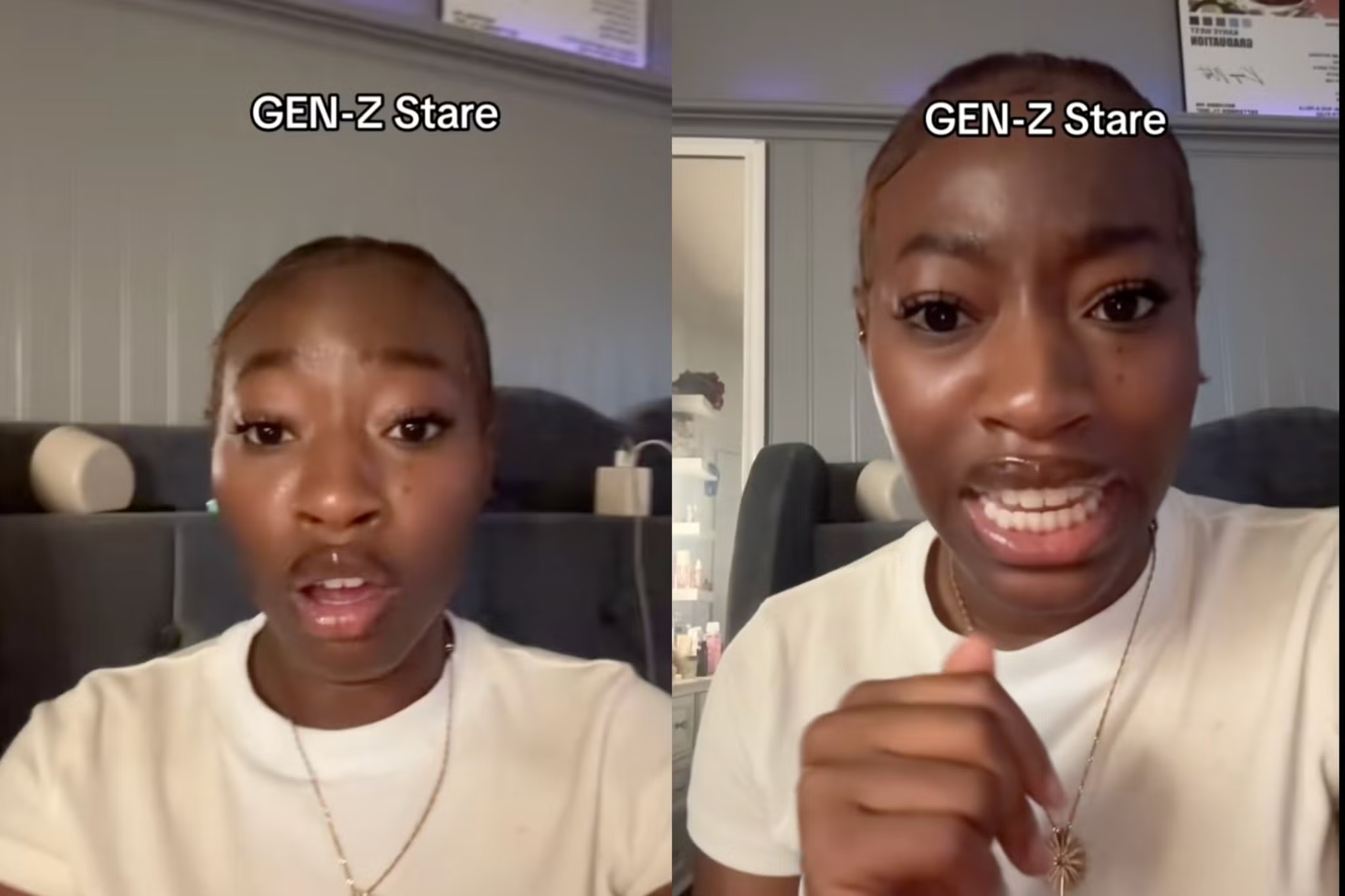
What Is the Gen Z Stare?
Imagine this: You greet a young worker at a coffee shop or ask a basic question in the office. In return, you get a wide-eyed, vacant stare. No smile. No verbal reply. Just silence—and maybe a blink or two.
This is the Gen Z stare, and it’s been interpreted as everything from passive defiance to pure apathy. But the truth is far more nuanced.
Social media creators have parodied the stare, millennials have criticized it, and employers have puzzled over what it means. But Gen Z themselves? Some are baffled by the backlash, while others recognize the expression instantly in themselves and their peers.
The stare isn’t just a quirky Gen Z meme—it’s a generational communication signal born from unique sociocultural shifts.
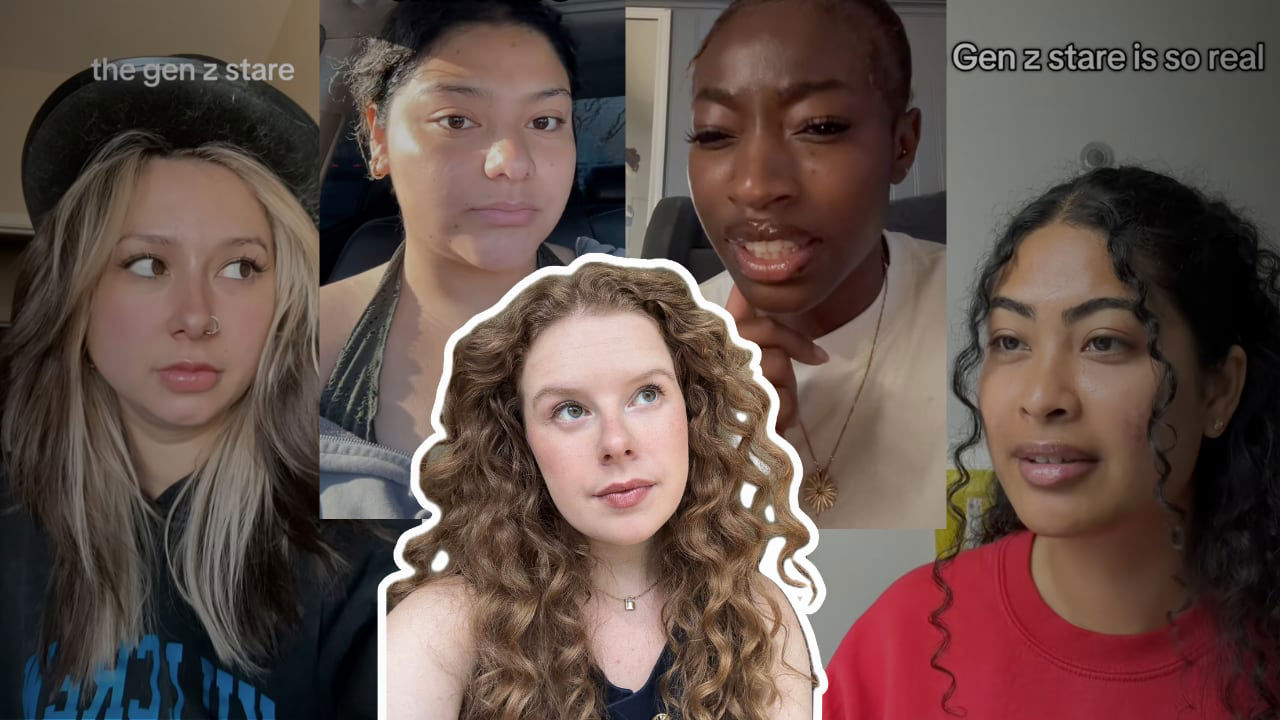
Behind the Blank Expression: Psychology, Screens, and Social Shifts
- A Generation Raised Online
Gen Z is the first generation to grow up fully immersed in digital communication. From infancy, their lives have been filtered through screens—texting, TikTok, and FaceTime rather than phone calls or in-person chats.
In the digital world, facial expressions and immediate verbal cues are replaced with emojis and reaction buttons. Communication is slower, more curated, and far less spontaneous.
As a result, many Gen Zers are less practiced in face-to-face social interactions—particularly small talk with strangers, colleagues, or authority figures. That unfamiliarity can easily be mistaken for indifference or disengagement.
- COVID-19 and Social Development Disruption
Adding fuel to the fire is the pandemic, which struck during a critical window of Gen Z’s social development. With schools, jobs, and life shifting online, many teens and young adults missed formative experiences that build social confidence.
Psychologists have noted that the pandemic exacerbated social anxiety and increased avoidance behaviors in teens. One expert compared the stare to a "freeze response," similar to how a deer reacts to headlights—rooted in discomfort, not defiance.
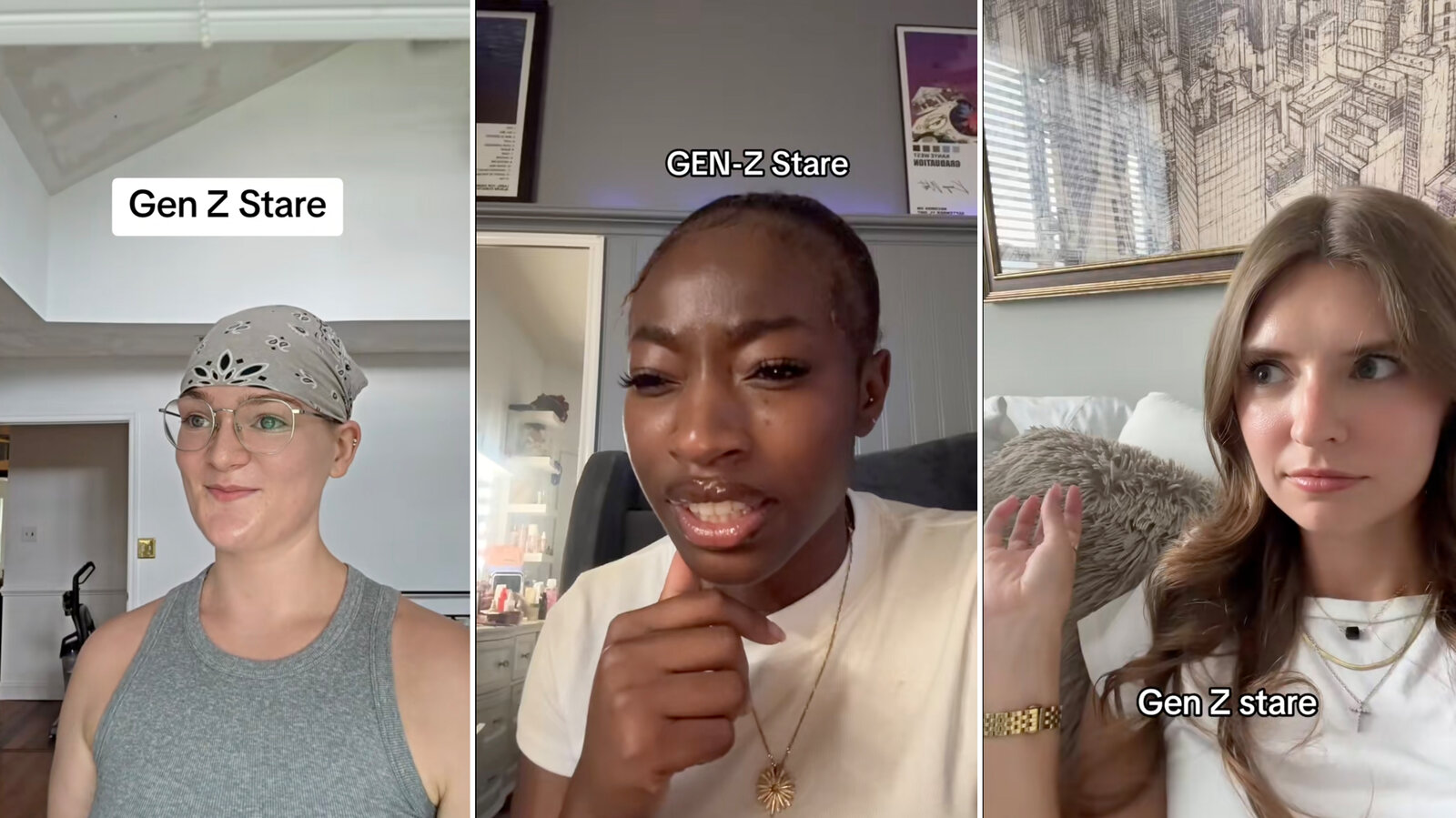
The Silent Signal: What the Stare Might Be Saying
What many interpret as a lack of effort might actually be a nonverbal protest. According to some cultural analysts and CEOs, the Gen Z stare can communicate:
-
“Don’t impose your grind culture on me.”
-
“Your small talk feels irrelevant.”
-
“I’m overwhelmed, not uninterested.”
-
“This isn’t disrespect—this is my calm face.”
For a generation that ranks achievement shockingly low among life values—65% say it already plays too much of a role—the stare may reflect an intentional detachment from the traditional, hustle-oriented mindset of prior generations.
It’s not laziness. It’s value-based disconnection.

The Generational Divide: Misinterpretations and Consequences
Older generations, especially baby boomers and Gen Xers, often interpret the stare as:
-
Disrespectful
-
Disengaged
-
Lazy
-
Emotionally flat
But according to experts, this interpretation risks missing the point entirely. Misjudging the stare can lead to:
-
Workplace friction
-
Missed opportunities for Gen Z
-
Unfair assumptions about character
-
Communication breakdowns between managers and younger staff
In the workplace, this misreading can have tangible consequences: poor performance reviews, missed promotions, or even job loss—despite no actual lack of effort or interest from the employee.
As one expert warns, if employers and leaders don’t learn to decode Gen Z communication styles, they risk alienating the future workforce entirely.

Why Employers Can’t Afford to Ignore the Stare
The Gen Z stare is just the tip of the iceberg in a deeper, structural shift in workplace culture. Unlike previous generations, Gen Z values:
-
Authenticity over corporate polish
-
Balance over burnout
-
Purpose over paychecks
-
Mentorship over micromanagement
They’re not afraid to leave jobs that don’t align with their values, and they expect rapid growth and a voice—regardless of tenure or title.
Employers who interpret the stare as laziness or entitlement miss the opportunity to engage Gen Z in meaningful ways.
Instead, organizations should:
-
Shift onboarding to focus on empathy, clarity, and cross-generational understanding
-
Train managers to recognize diverse communication styles
-
Build collaborative models that invite co-creation
-
Refine expectations of body language and verbal feedback
-
Reframe the conversation around Gen Z’s values rather than judging them by outdated standards
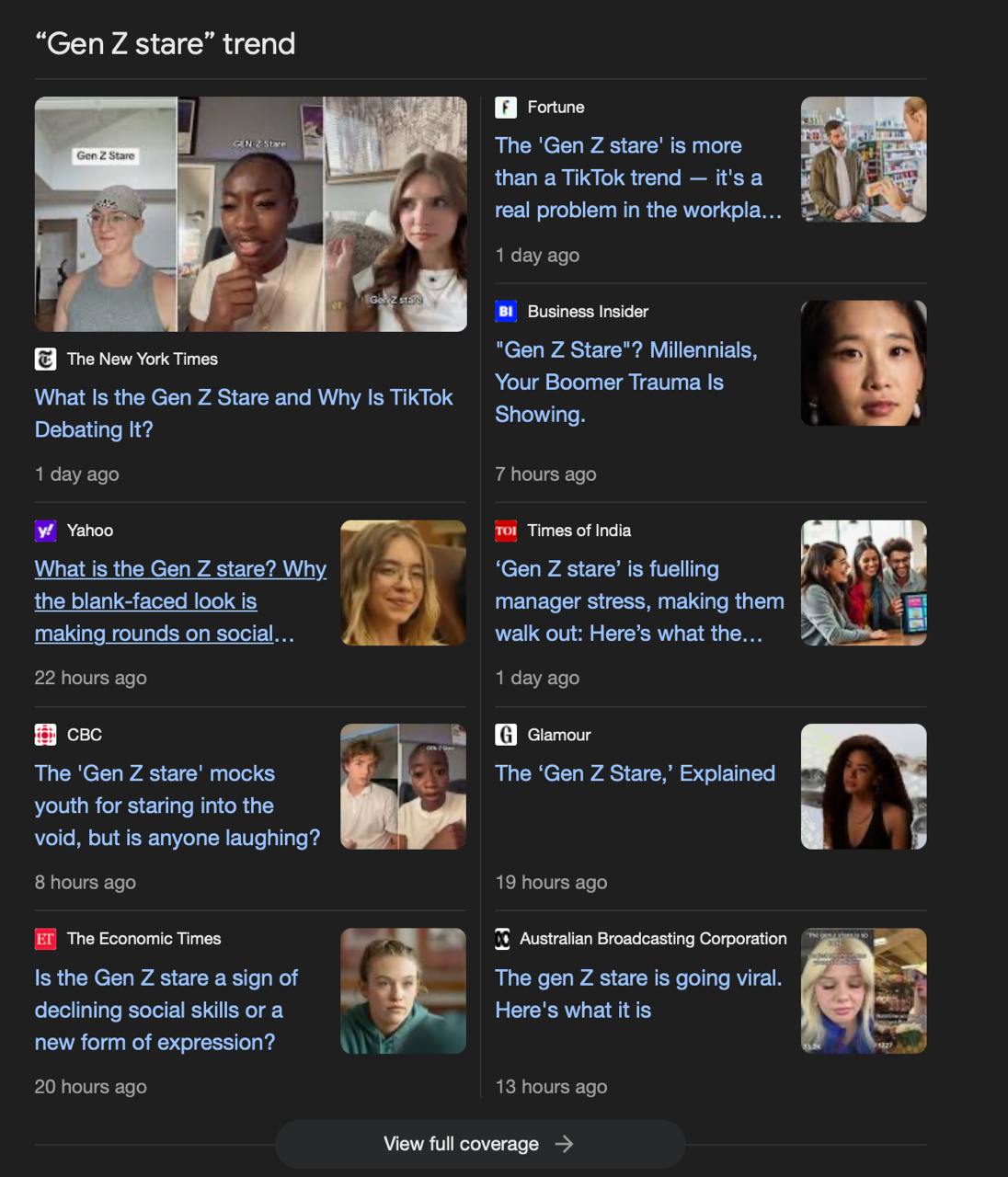
Parents, Teachers, Managers: What You Can Do
Whether you’re raising Gen Z or managing them, here’s how to move from frustration to understanding:
-
Don’t take the stare personally. It’s rarely an intentional slight.
-
Model open body language. Teens (and employees) often mirror what they see.
-
Talk later, not in the moment. Ask reflective questions like, “What’s going through your mind when you go quiet?”
-
Create real-world practice. Encourage offline interactions in low-pressure environments.
-
Validate before correcting. Curiosity creates more change than criticism.
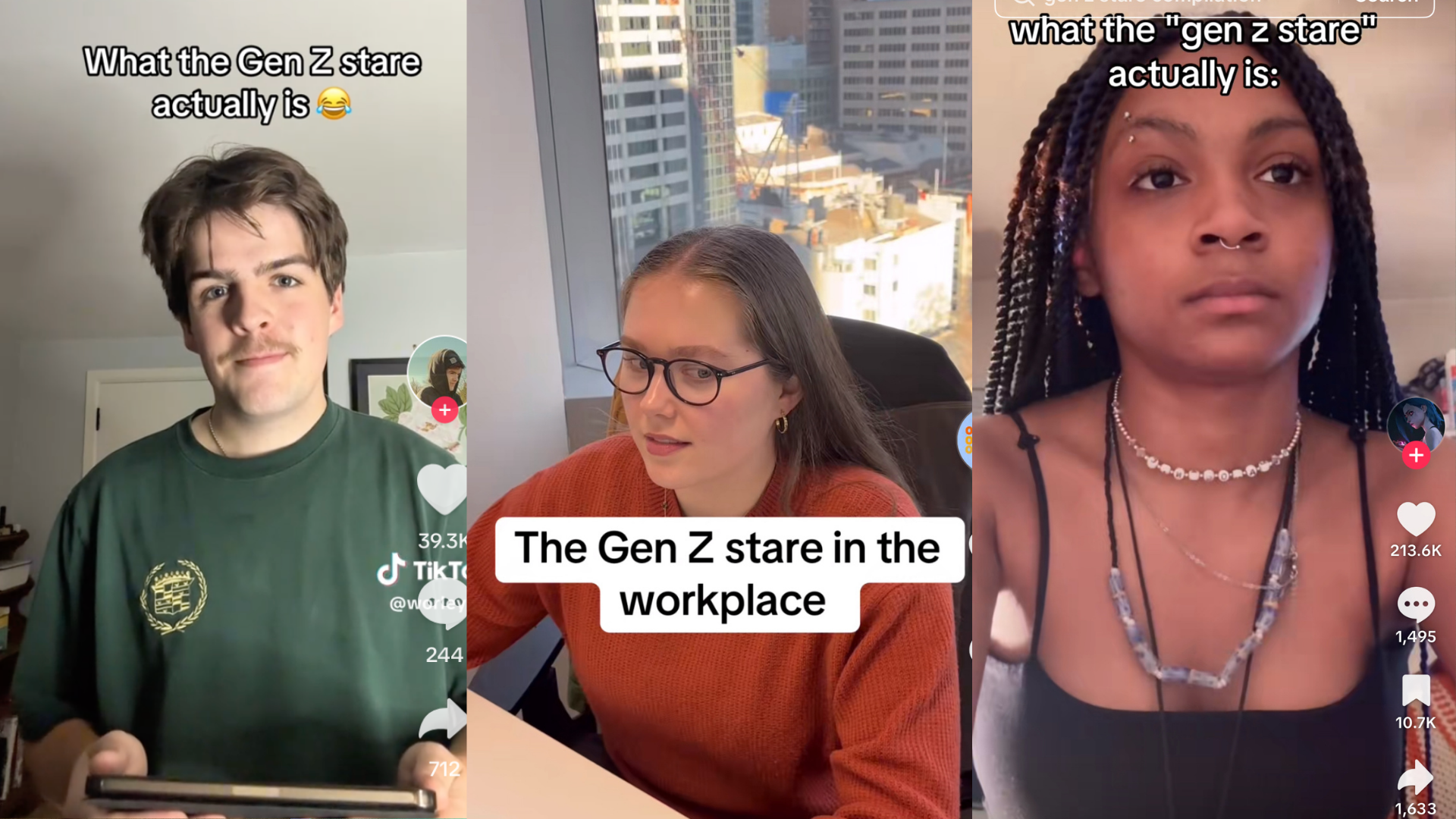
Is This Really New… Or Just History Repeating?
Each generation has had its moment of misinterpretation.
-
Baby Boomers signed texts like letters.
-
Millennials were mocked for the “millennial pause” before speaking on camera.
-
Gen X was labeled cynical.
-
Gen Z now has the stare.
History shows us one truth: Each generation develops new behaviors in response to changing technology, culture, and context. The Gen Z stare is no different—it’s a cultural adaptation, not a character flaw.
From Blank to Breakthrough
The Gen Z stare is not a meme. It’s not a joke. It’s not a failure of manners or ambition.
It’s a lens into the pressures, values, and challenges that define a generation raised in a hyper-digital, post-pandemic world. It’s a mirror that reflects the disconnect between traditional expectations and modern realities.
Rather than mocking or misreading it, we must ask: What is this look telling us—and how can we respond with empathy, not judgment?
If we listen closely, the stare says more than silence ever could.
With inputs from agencies
Image Source: Multiple agencies
© Copyright 2025. All Rights Reserved Powered by Vygr Media.

